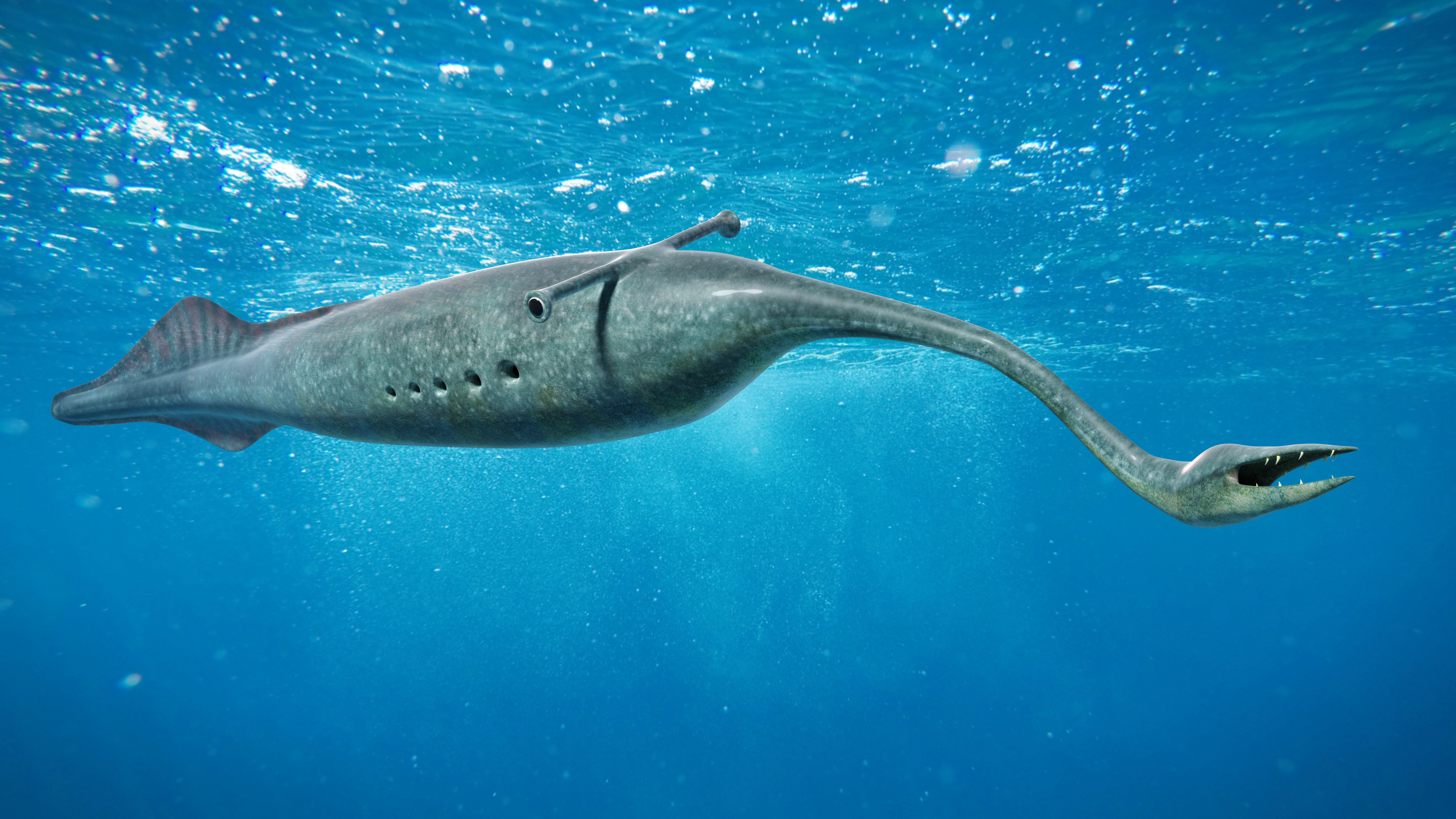Tully monster is the name for an odd prehistoric animal that lived around 300 million years ago during the Carboniferous Period in what is now Illinois. Fossils of this strange animal are known from the area around Mazon Creek, about 50 miles (80 kilometers) southwest of Chicago. Fossils of the Tully monster are typically found in oblong rocks called concretions. These hard rocks entomb the entire animal in a flattened condition but with important anatomical details intact. The Mazon Creek fossil deposits preserve the remains of more than 200 different Carboniferous animals and plants. Many of the fossil species, including the Tully monster, are found nowhere else in the world. The Tully monster was designated the official state fossil of Illinois in 1989.

Fossils of this creature were first discovered by Francis Tully, an amateur fossil hunter, in 1955. Since then, paleontologists (scientists who study prehistoric life) have struggled to understand the anatomy of the soft-bodied animal and how it lived. The Tully monster is unlike any living animal. The fossils show the Tully monster was about 6 inches (15 centimeters) long with a flattened, diamond-shaped tail. The creature’s eyes are found at the end of short, rigid stalks on each side of its body. The animal had a slender proboscis (flexible snout) that extended from the front of its body and ended in a claw. Some paleontologists interpret the claw as being more jawlike.
During the Carboniferous Period, vast swamps stretched for great distances over what is now North America, forming the massive coal deposits that are found in the region today. Paleontologists believe the Tully monster inhabited the shallow waters of an inland ocean that was surrounded by swampland.
There is a great deal of scientific debate about the Tully monster. Most debate concerns what the animal is and whether it is related to other prehistoric or living creatures. At various times, scientists have proposed that it may be related to annelids, chordates, mollusks, or nematodes. Another hypothesis suggests the Tully monster is an early relative of vertebrates (animals with backbones) that lacked a boney skeleton and true jaws, such as the modern-day lamprey. However, not all scientists agree with this interpretation.
